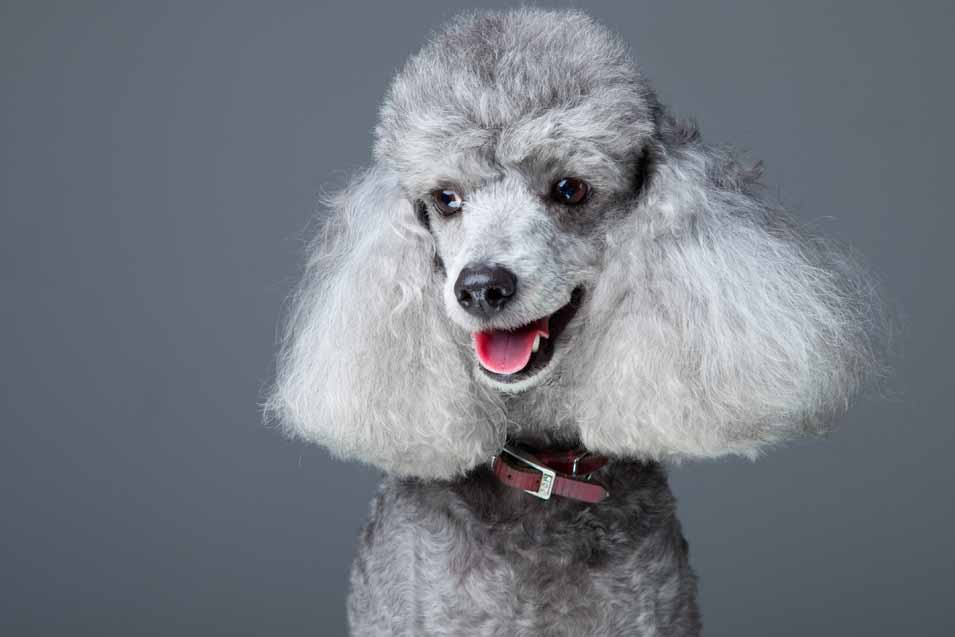Table Of Content

Fur coats also tend to shed more and disperse in the air with shorter growth cycles. Short, fine, soft underfur is responsible for most of fur’s insulating properties. Long, coarse guard hairs protect the underfur from abrasion and moisture and provide color. In animals adapted for cooler climates such as caribou, Dall sheep, and mountain goats, guard hairs may lack pigment so that they remain hollow to afford further insulation.
Difference Between Hair and Fur
Dinosaur fossils discovered in China near the end of the twentieth century revealed a skeleton which is clearly that of a dinosaur but which has impressions of feathers all over the body. The most fascinating discoveries began in the mid 1990s and is ongoing. It is easy to observe the relationship between birds and dinosaurs and their contemporary reptile cousins by looking at a bird.
Growth
If you’re a dog lover who’s ever dealt with allergies, you’ve probably heard of the idea that certain dog breeds may be “hypoallergenic,” or less prone to provoking a leaky nose in owners. Some believe this comes down to whether the pet has dog fur vs. dog hair. In feathers, damage results in an increase in barb loss and disengagement as barbules are lost, particularly at the tips. Loss may be asymmetrical, meaning that in feathers, the distal barbules are lost preferentially first, resulting in a patchy, thinned appearance.
Comparative Analysis of Domestic Animals
It serves as a warning gesture in cats and dogs and other mammals. Hair is one of the most familiar excrescences, since humans are endowed with varying amounts of it. Hair or fur is made from beta keratin and grows from follicles located all over the epidermis. Its primary function is to provide insulation for the animal to keep it warm. However, there are several kinds of hair that provide sensory functions.
The Future of Fur and Hair
It becomes clearer when you consider that longer haired dogs just have a longer period of hair growth than something like a Lab, which has a shorter cycle. "The way I think a lot of people understand fur versus hair is in the density of follicles," says Ross McPhee, Curator of the Department of Mammalogy at the American Museum of Natural History. The primary growth of hair fiber is keratin; keratins are proteins, i.e., polymers of amino acids. It projects from the epidermis, though it grows from hair follicles deep in the dermis.
14 Expert Tips to Make Your Hair Grow Faster in 2024 - Cosmopolitan
14 Expert Tips to Make Your Hair Grow Faster in 2024.
Posted: Wed, 13 Dec 2023 08:00:00 GMT [source]
Fur vs. Hair: Unveiling the Differences and Similarities
Now that you know the difference between hair and fur, it’s time to look at fur and wool. However, wool is unique to sheep, llamas, and similar animals. Additionally, wool is a type of soft, fine, curly hair that just keeps growing.
Hair Adaptations
Hair is provided with nutrients, vitamins, mineral salts, nourishment, and vital elements by the blood vessels incarnated in the hair shaft. It is a layer of protection for many mammals, locks out cold temperatures for them, and for humans also, the hair on the body acts as protection later from harmful UV rays of the sun. All hair follicles, be it of fur or hair, go through a period of growth, then a pause, then the hair fiber falls out. Then the follicle goes back into the growth phase, and this cycle repeats.
About A Moment of Science
Additionally, efforts to reduce waste and promote recycling within the hair industry have been initiated. Furthermore, fur offers protective benefits by shielding the skin from external elements, such as UV radiation and abrasions. In some species, fur also plays a pivotal role in camouflage, enhancing an animal's ability to blend into its environment, thereby facilitating hunting or eluding predators.
Considering that mammals are so reliant on their fur, it's no wonder that they also work hard to keep it in good condition. Grooming isn't a high-maintenance luxury — it can be a matter of life and death, Voss noted. "Rodents that have odors or toxic chemicals in [their] skin tend to be marked in black and white," Voss said. "Most of them are nocturnal, so colors like black and white stripes stand out." Glands, specifically sebaceous glands, play the role of a natural lubricant by producing sebum. Hair is composed of approximately 95% keratin and other amino acids.
The structure of hair is different from that of scales and feathers. A hair is basically a cone of keratin that is derived from keratinized cells in the dermis, or middle layers of skin. The hair is generated and formed in a pit in the skin called the follicle. Near the base of each hair attached to the follicle is a small muscle, called an erector pilli. When stimulated, this muscle contracts and pulls the hair straight up. They come as result of the tightening of the skin which helps prevent heat loss.
Fur may consist of three layers, each with a different type of hair. Mammals belong to a much larger group of vertebrates called synapsids. For a long time the non-mammalian parts of this family tree – like the sail-backed Dimetrodon and weasel-like cynodonts – were called “mammal-like reptiles”, but this was off the mark. Better to call them protomammals, as they were more closely related to mammals than any reptile.
In both fishes and reptiles, the scales cover the entire body. Both lizards and snakes have scales over their entire bodies. Many species are identified by the pattern the scales make on the head and body. Reptiles have evolved a unique layer in the skin from their aquatic ancestors. In order for reptiles to live free from water a waxy layer, the stratum corneum, evolved to keep the animal from drying out on land. These waxy layers lie between the layers that produce the keratin for the scales.
In terms of density and thickness, individual breeds within these species can have significant differences, reflective of their evolution and breeding history. A common ingredient found in commercial breads, labelled as either l-cysteine or dough conditioner, actually comes from human hair. A feather is a scale in which a long center shaft, the rachis, is the dominant feature. On either side of the shaft, the keratin is divided into tiny barbs that, under a microscope, look like the close-knit leaves of a fern. The barbs have tiny hooks, or hamuli, on them, which help the barbs attach to one another and keep them close to each other.
Our own hair — even though we don't call it "fur" — is an intrinsic part of our mammalian heritage, though perhaps we have less of it overall than some of our fuzzy friends. "Most mammals invest an enormous amount of time in maintaining their fur, to preserve quality, function and insulation, and to weed out ectoparasites," Voss said. The length, thickness and density of these hair types contribute to the incredible diversity we see in mammals' furry pelts.
Mindy studied film at Columbia University; prior to Live Science she produced, wrote and directed media for the American Museum of Natural History in New York City. Her videos about dinosaurs, astrophysics, biodiversity and evolution appear in museums and science centers worldwide, earning awards such as the CINE Golden Eagle and the Communicator Award of Excellence. Her writing has also appeared in Scientific American, The Washington Post and How It Works Magazine. "Most of the things we find beautiful are markers of youth and health," Voss said. "This could be one of the cues that humans use unconsciously to assess youth."
The innermost layer is known to be down hair that is used for thermoregulation. These tracts are easily seen on plucked chickens or turkeys used for food. It surprises many people to learn that the entire bird is not covered with feathers. The bottom line is that you will be correct whether you call the fluffy, fuzzy stuff that covers your cat hair, fur, or coat. To complicate things further, breeders often describe the overall appearance of a cat's fur as its coat.




















